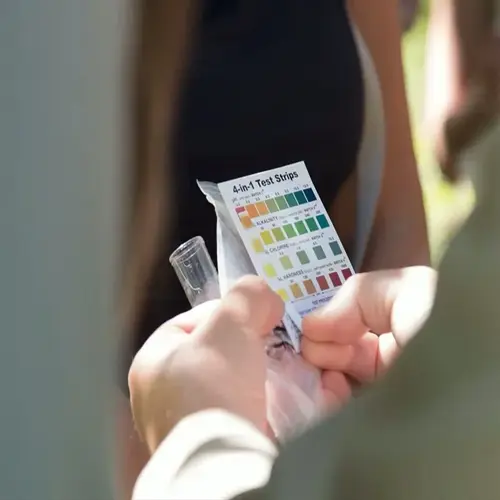Do pets instinctively avoid toxic plants?

Written by
John Williams
Reviewed by
Prof. Henry Webster, Ph.D.Despite urban myths, pets do not have an instinctive ability to know what toxic plants are. My cat once chewed on leaves of a lily, unaware of the danger. Dogs often dig up castor beans, unaware that it is dangerous for them. This instinctive gap explains incidents of poisoning that occur so frequently.
Curiosity-Driven Behavior
- Cats: Chew plants during play or boredom
- Dogs: Explore through tasting unfamiliar objects
- Prevention: Provide safe chewing alternatives
- Monitoring: Supervise outdoor access
Lack of Warning Signs
- No bitterness: Many toxins lack warning taste
- Attractive features: Bright berries draw interest
- Symptom delay: Nausea vomiting appears too late
- Solution: Remove appealing hazards
It is the symptoms themselves that are precisely the basis for helping pets not sense dangers from outside sources. Nausea is often responsible for vomiting hours after ingestion of dangerous plants. This is good because preventive learning cannot be expected as a factor. There are many cases observed at the clinic where pets repeatedly return to poisonous plants. Physical barriers must be employed.
Preventive measures include spraying the leaves with bitter apple spray. I use this on my dieffenbachia every month. Also, create pet-free zones with baby gates. Train the dogs with "leave it" commands and use positive reinforcement. These treatments will offset the limitations of the pet's instincts.
Oversee neighborhood access especially during warm seasons. Puppies explore the garden by tasting plants. Cats encounter various vegetation during their roamings. I accompany my dog during his yard time since a scare involving castor beans. Such supervision will reduce Missy's risk of toxic ingestion and prevent an emergency from occurring.
Switch out dangerous plants for safer choices like spider ferns. They will still provide sensory enrichment, but without the hazards! My cats now chew wheatgrass instead of the toxic greens. You are protecting your pet by being proactive and controlling their environment.
Read the full article: Toxic Plants for Pets: Ultimate Safety Guide
